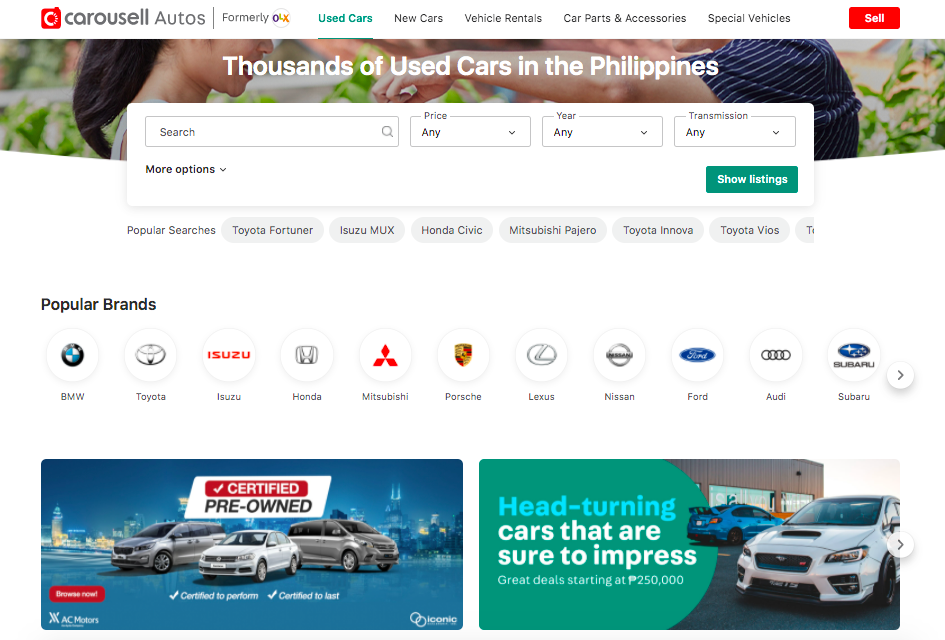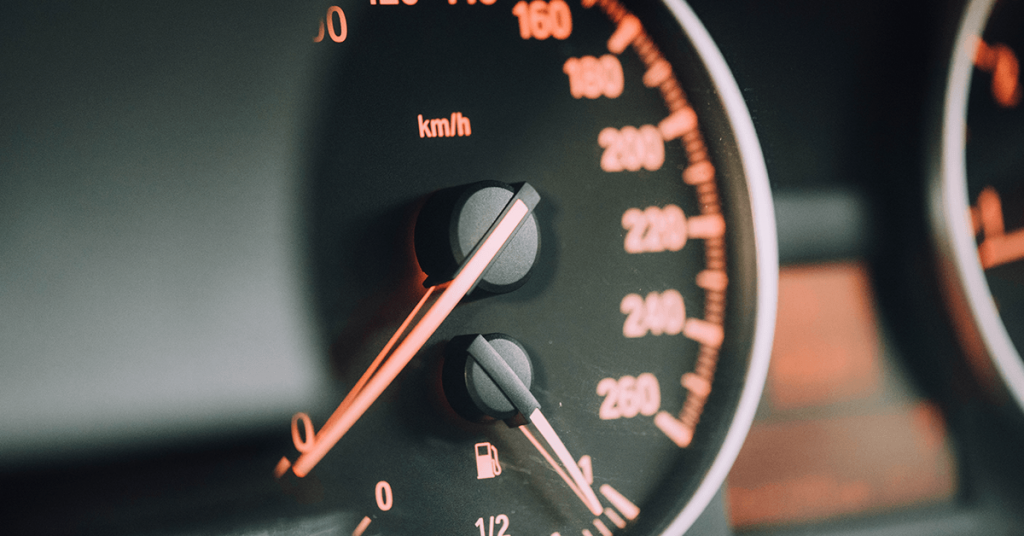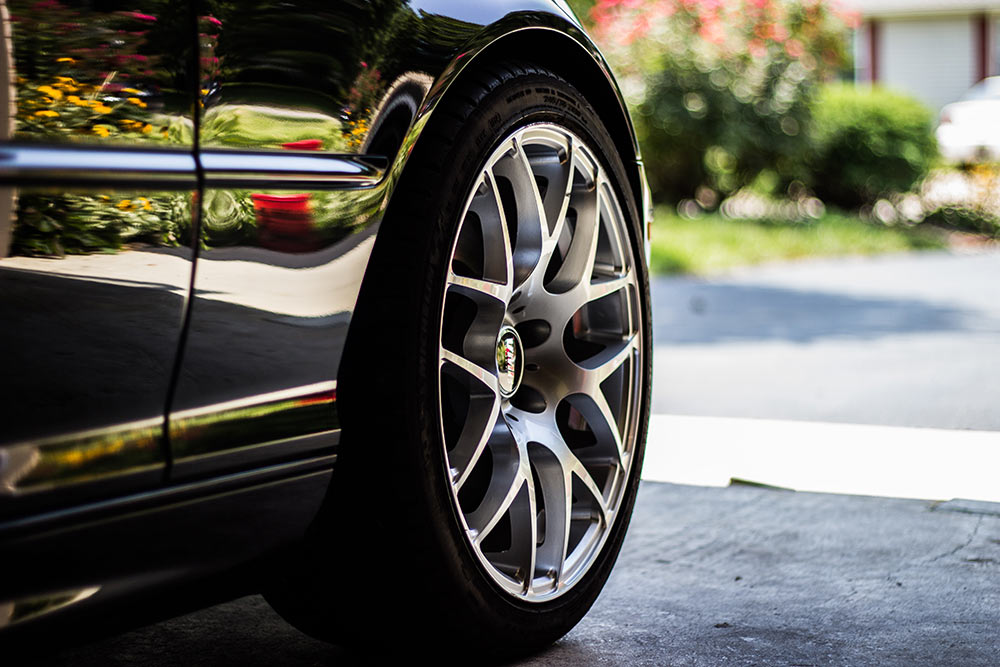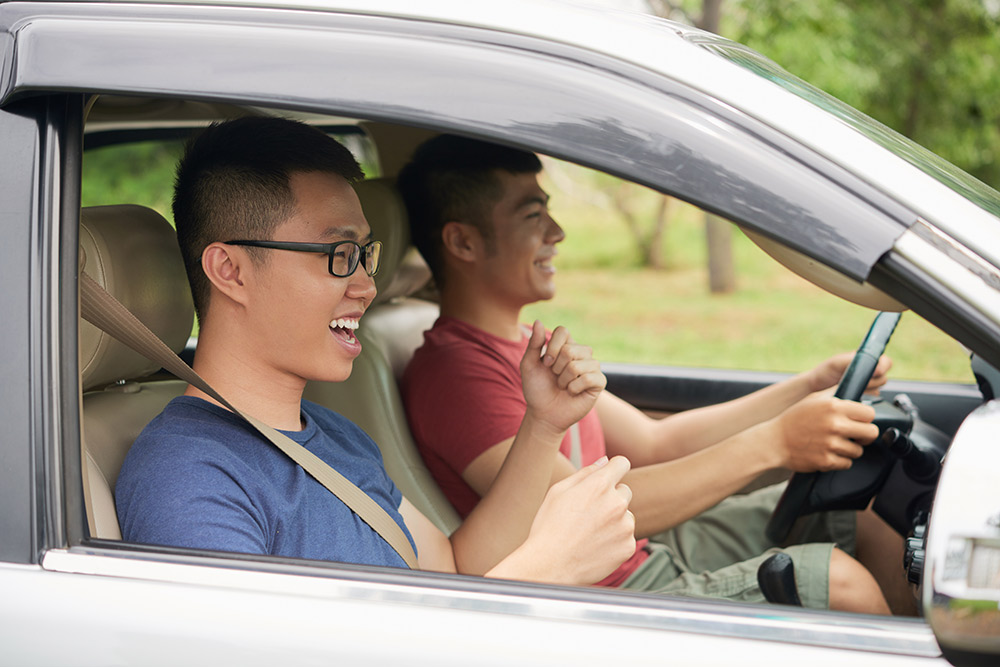
So you want to know how to buy a second hand car, and if you’ve landed on this guide, you’re probably not sure yet how to do it.
Owning a car in the Philippines doesn’t come cheap, so it’s no surprise that second hand cars are as attractive an option as new ones. According to an analysis by Ken Research, it’s expected that our used car market will reach over 1.9 Million sales volume in units by the end of 2023!
To get us started on the right foot, let’s cover the process of buying a second hand car in the Philippines below!
7-step guide on how to buy a second hand car:
1. Understand your needs and start your search
2. Shortlist some cars for sale and arrange viewings
3. Inspect the car thoroughly during the viewing
4. Take the car for a test drive
5. Put down a deposit, and apply for a car loan if you need one
6. Apply for car insurance
7. Apply for a transfer of car ownership
1. Understand your needs and start your search
Once you have a clear idea of what you’re looking for (Montero Sport for the family? Road trip-worthy ride in a Honda Civic?), then you’re all set to start your car-shopping. Platforms like Carousell lets you look for cars from both direct sellers and used car dealers:
Considerations to keep in mind during your search include:
Price:
Aside from the selling price of the car, you’ll also want to be looking at the depreciation rate, which determines the value of your car when it’s time for you to scrap or sell it. A more expensive car that depreciates less might give you more value than a cheaper car with merciless depreciation!
Suggested read: Check out our car selling guide which covers average annual depreciation.
Also remember to consider upkeep costs like fuel and parking.
Warranty:
Some used car dealers might offer additional in-house warranty or warranty by a third party insurer (typically a year from the date of purchase).
Convenience:
The car dealers are the ultimate pros at handling all the paperwork and your car loan application. This is definitely something you can do by yourself if you’re buying from a direct seller instead of a used car dealer.
Once you’ve nailed down above, you can proceed on the next steps on how to buy a second hand car you like.
2. Shortlist some cars for sale and arrange viewings
Think you’ve found The One? Chat with the seller to arrange for a viewing of the car. If you’ve got your eye on multiple options, take your time to view each of them. After all, it’s not a small purchase!
Pre-viewing, don’t be afraid to ask as many questions about the condition of the car. What’s the mileage of the car? Has it been through any accidents? Does the car shift smoothly or does it jerk at all? (And during the actual viewing, double-check for these things with your own eyes.)
Give yourself a good 1-1.5 hours for the viewing (and let the seller know to set aside that amount of time as well, especially if it’s a direct owner) so you’ve got ample time to give the car a thorough check-through.

3. Inspect the car thoroughly during the viewing
Ok, this is why we highlighted the importance of giving yourself enough time to view the car. We’ve got a pretty long list of things to check through, so buckle up.
How to buy a second hand car: Must-inspect vehicle parts
The car’s mileage:
A 2-year old car that’s driven heavily every day could be a lot more worn out than a 6-year old weekend car, so the car’s mileage is one of the best indicators of how used the car actually is. It’s best to have the odometer reading verified through the car’s service records.
Engine:
Check the engine oil on a level ground. Remove the dipstick from the engine. Wipe it clean with a tissue or paper towel. Insert the dipstick back into the engine again and remove it this time to check the oil level. It should be between the two indicative marks.
Also note the colour of the oil. If it appears blackish, it means the engine oil has not been changed for some time. This could indicate that the previous owner is haphazard about the maintenance of his car.
It’s also a good idea to request for the seller to come with previous receipts or service records. And if you do decide to buy the car, ask if you can inherit these records, in case you want to sell the car later on.

Exterior:
Minor scratches are completely understandable, as the car has been used after all.
More importantly, look at the car from an angle and check for ripples or distortion in its light reflections, as these could indicate that the body has received some form of repair after an accident. An accident-free car would have a smooth, straight reflection. Also, check for gaps between body panels, as an uneven gap is also a sign that the car has been through an accident.
Windshield:
These are expensive to replace, so make sure they’re in good condition. Be mindful of hairline cracks as they may sometimes look like a scratch.
Activate the windshield washer to determine that the nozzles are not clogged or damaged. Check the windshield wiper as well, ensuring that they do not leave streaks across the windshield. If the wipers do not wipe off water cleanly, it could mean that they require replacement or that the tension on the wipers are off.
Rust:
Be extra meticulous with this and also check under the carpets on the inside, under the wheel wells, etc.
Wheels and tires:
First, bend down and look at the wheels closely. Check for any damage to the tyre sidewalls as these could lead to a damaged tyre. Inspect the rims for any bad scratches or damage.
Next, full-lock the steering wheel to one side and inspect the tire threads. Look out for uneven wear patterns between the inner and outer parts of the tires. These could indicate that the wheel alignment is off, the suspension is faulty or the wheels are unbalanced and improper tire pressure.
Be wary of the thread depth as well, anything below 2mm is unacceptable and will require a replacement of the tires.

Horn and lights:
Sound the horn, and check that the headlights, headlamps, indicators and hazard lights are working.
Electronics, IU and air-con:
If you’re the one controlling the Spotify playlists playing in your car, you’ll probably also be concerned about the quality of the music! Check that the Head-Unit is functioning well and all buttons work, and that the audio is not distorted.
Make sure the in-vehicle unit (IU) is working, i.e. it’s able to read and detect the value of the card inserted.
The air-conditioning unit should have strong airflow and power. If the air isn’t cooled enough, it might just be the case of a low refrigerant charge, and adding refrigerant to bring the system up to full charge will do the trick. But if you can’t identify the problem, it might indicate that the air-con unit needs a bigger repair job.
4. Take the car for a test drive
Before the test drive, the seller might request for you to sign a test drive indemnity form, which indemnifies them against any liabilities caused during the test drive.
Before beginning the test drive
The first thing to do is to check that the engine starts properly without any prolonged cranking. Anything more than 3 seconds and you should probably walk away. Difficulty to start a car might be attributed to a weak battery or faulty starter motor. However, it can also be an indication of more serious engine issues.
Before you start the car, step on the brake pedal. After the car has started up, you should feel the brake pedal depress if it has power or served brakes. Step on it hard now and if the pedal sinks much further, there could be something wrong with the master cylinder.

Driving down a straight road
Drive the car down a straight stretch of empty road and release your hand from the steering wheel. The car should continue to cruise straight; if it pulls to one side, it indicates that the wheels are out of alignment.
As you brake, take note of any vibrations. This could mean that the brake disc could be warped and might need replacement. Listen for any screeching noise as well when braking, this indicates that the brake pads might be worn.
Driving around turns
Also u-turn to the right and left to make sure the car turns smoothly and silently. If there are any unusual clicking sounds, this might indicate the Constant Velocity (CV) joints are in poor condition. A damaged CV joint might mean you’ll eventually have to replace the entire drift shaft, and this costs a bomb.
5. Put down a deposit, and apply for a car loan if you need one
Ready to call dibs? A verbal agreement isn’t legally binding, so it’s a good idea to put down a deposit. There’s no stipulated amount especially if you’re dealing with a direct seller – just be sure to get a payment receipt or Sales and Purchase Agreement from the seller. This should also indicate the agreed price and the handover date of the car.
Before putting down this deposit, work out how you’re going to finance your car purchase by securing a car loan if necessary and working out a viable repayment scheme. This is just to make sure you’re ready for the financial commitment of owning a car – if you’re unable to pay for the rest of the car upon vehicle transference, you’ll have to forfeit your deposit.
6. Apply for car insurance
Also start looking for car insurance, as you’ll need this before the car can be officially transferred to you. Getting insurance is required by law. Why? It’s a protection for you, your passenger and/or your car should there be unfortunate accidents in the future!
7. Apply for a transfer of car ownership
If you’re buying through a used car dealer, they can help you with officially transferring the vehicle ownership over to you.
The start the transfer process, you’ll need to prepare the following documents/requirements before heading to Land Transportation Office:
- Release of Chattel Mortgage (if car has an active loan)
- Original Office Receipt and Certificate of Registration from LTO
- Philippine National Police – Highway Patrol Group Clearance
- Deed of sale with assumption of car mortgage
- Latest Official Receipt of Payment for the Motor Vehicle User’s Charge
- Compulsory Motor Vehicle Liability Insurance (CTPL)
- Approved Motor Vehicle Inspection Report (MVIR)
At this point, you’ll also have to pay the balance of the purchase price. Ideally, ask for a payment receipt from the seller. Preparing the documents above is an important step on how to buy a second hand car smoothly.
Note that in order for the vehicle ownership to be successfully transferred to you, the seller has to have settled any outstanding vehicle loan on the car.
Hope this guide helped you navigate how to buy a second hand car easier!
And that’s it. Enjoy your ride!
You might want to do one final inspection before you officially take over the car keys. And if all’s good, you’re now the proud owner of your new-to-you car. Both parties should also sign a vehicle handover form, just so the entire transaction is accurately recorded in writing.
Now that you’re clearer about the buying process, happy car shopping. 🙂






